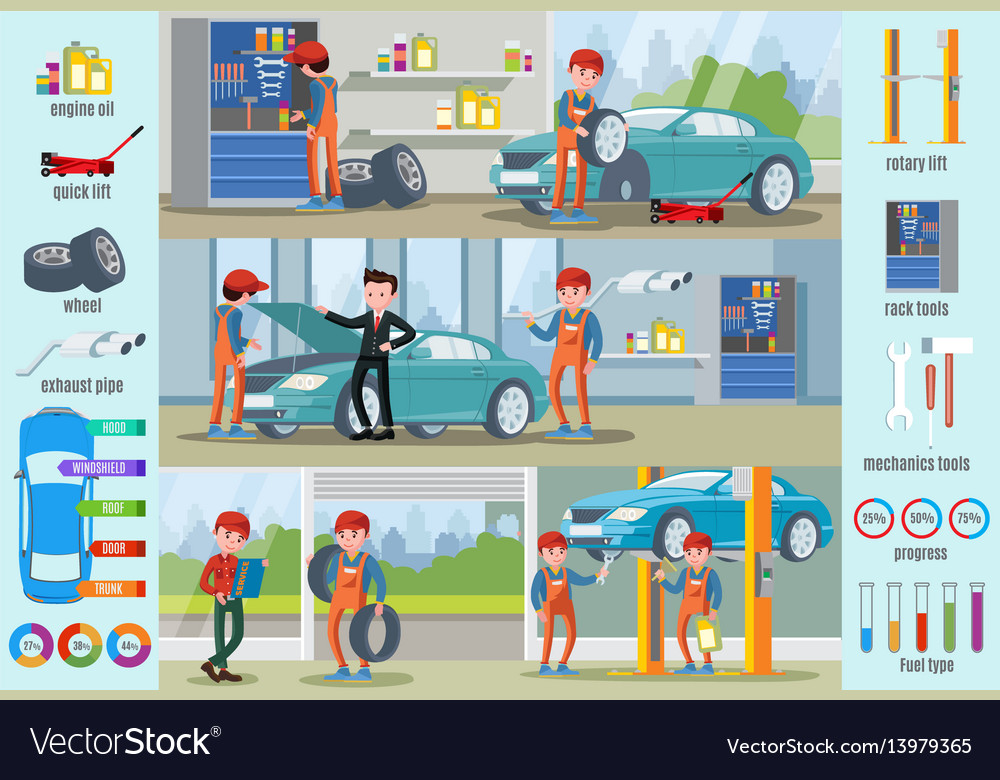Analyzing Your Auto'S Warning Indicators: What They Truly Share
Analyzing Your Auto'S Warning Indicators: What They Truly Share
Blog Article
Material Author-Higgins Shepherd
When you're behind the wheel, those beautiful caution lights on your control panel can be a little bit difficult. Do you recognize what they're attempting to inform you concerning your auto's health and wellness? Understanding the value of these lights is vital for your safety and the long life of your vehicle. So, the next time one of those lights turns up, wouldn't you wish to decipher its message precisely and take the needed actions to resolve it?
Common Caution Lights and Interpretations
Identify typical caution lights in your auto and understand their meanings to make certain secure driving.
The most normal caution lights consist of the check engine light, which signifies issues with the engine or discharges system. If this light comes on, it's important to have your automobile inspected immediately.
The oil pressure advising light shows reduced oil stress, requiring instant attention to stop engine damage.
A blinking battery light could recommend a damaged charging system, potentially leaving you stranded otherwise attended to.
The tire stress surveillance system (TPMS) light notifies you to reduced tire stress, affecting vehicle stability and fuel efficiency. Disregarding this might result in risky driving problems.
The abdominal light suggests a problem with the anti-lock braking system, compromising your capacity to stop promptly in emergency situations.
Finally, the coolant temperature level warning light warns of engine overheating, which can cause severe damages otherwise fixed quickly.
Recognizing these usual caution lights will help you deal with problems quickly and maintain secure driving problems.
Relevance of Prompt Attention
Understanding the typical caution lights in your car is only the primary step; the relevance of promptly dealing with these cautions can't be stressed sufficient to guarantee your safety on the road.
When visit my webpage illuminates on your dashboard, it's your automobile's way of interacting a potential concern that needs interest. Disregarding these warnings can bring about extra extreme issues down the road, jeopardizing your safety and potentially costing you extra out of commission.
interior car seat cleaning to alerting lights can prevent break downs and mishaps. As an example, a flashing check engine light might indicate a misfire that, if left ignored, could cause damage to the catalytic converter. Addressing this quickly can save you from a costly repair service.
Similarly, a brake system warning light could signal low brake liquid or used brake pads, vital elements for your safety and security when driving.
DIY Troubleshooting Tips
If you observe a caution light on your control panel, there are a couple of DIY troubleshooting tips you can attempt before seeking expert assistance.
The primary step is to consult your cars and truck's handbook to understand what the particular warning light shows. In some cases the concern can be as easy as a loosened gas cap setting off the check engine light. Tightening the gas cap may deal with the problem.
Another typical concern is a low battery, which can set off numerous cautioning lights. Examining the battery connections for rust and ensuring they're secure could take care of the problem.
If a caution light persists, you can attempt resetting it by disconnecting the auto's battery for a couple of minutes and afterwards reconnecting it. Furthermore, inspecting your vehicle's liquid levels, such as oil, coolant, and brake fluid, can help repair alerting lights connected to these systems.
Verdict
In conclusion, recognizing your auto's warning lights is essential for maintaining your vehicle running efficiently and safely. By immediately dealing with these notifies and knowing what they imply, you can avoid pricey repair services and prospective breakdowns.
Remember to consult your cars and truck's manual for specific information on each warning light and take action as necessary to make sure a hassle-free driving experience.
Keep educated, stay secure when driving!
